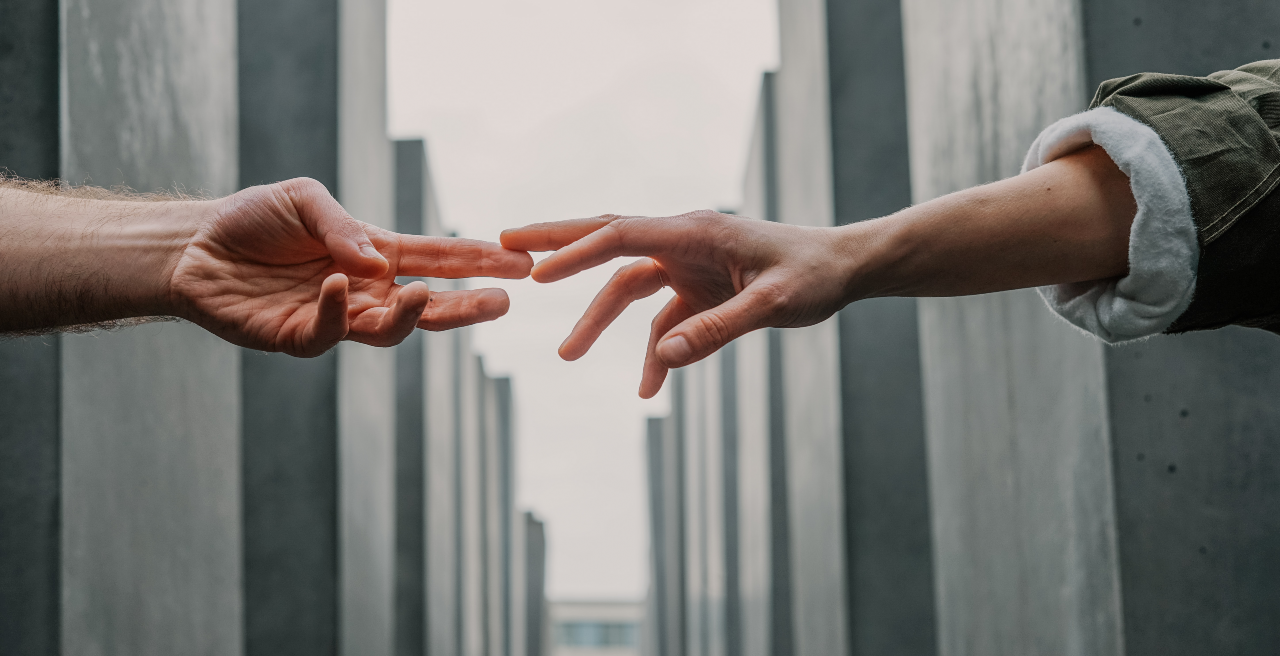
Jan
2021
Community Building Circles: How a restorative approach empowered detainees to cope with the pandemic
Prisons are too often places of conflict, violence, and fear. Isolated in overcrowded and understaffed facilities, prison inmates often become embroiled in violent disputes (Kaufer et al., 2014). The limited attention given to prison violence is testimony to the societal norms regarding acceptable conditions and behavior inside prisons (Wolff et al., 2007). One of the reasons for the violence is the lack of conflict resolution skills in a constructive and non-constructive way. Particularly in prison, many do not have or do not use these vital skills, believing that violence and coercion are our only choices in managing our problems. As a result, the prison environment is often more conducive to delinquency among inmates, who are eventually released and returned to society.
The prison context
The prison, located in Volos, Greece where the practice of Community Building Circles was applied has 120 young male inmates, aged between 18 and 22 years old. Officially, it is a “Special Youth Detention Centre”. The majority of inmates are refugees or immigrants from Albania, Syria, Pakistan, Algeria, Romania, Morocco and other countries. A defining feature of this prison is the violence between inmates, which is very intense and frequent. The local press often write about episodes of violence among detainees. This is why, the Community Building Circle approach was introduced.
What are Community Building Circles?
A community building circle is a restorative approach to working with groups of people to build and strengthen relationships. The main goal of a Community Building Circle is to help build trust between inmates, as well as positive feelings and a sense of belonging. Participants learn about restorative justice, and especially about the needs of the victims, about taking personal responsibility and active listening. Listening intently is essential to empathy (Rosenberg, 2003). Then follow the Peace Circles that promote understanding and cooperation, in a context of mutual respect, equality and dignity. Peace Circles are an effective solution to improving social and emotional issues (Estes, 2017).
The Prison of Peace programme teaches inmates communication techniques and peaceful, non-violent ways of managing and resolving conflicts. Training in these skills helps inmates to reintegrate preventing them from re-offending. It also helps prison staff, equipping them with another tool to prevent recurring conflicts.
During the practice, a group of inmates and the trained circle keeper are asked to sit in a circle symbolising equality and to allow all participants to see one another. The main aim of the practice is to bring detainees closer to each other in order to reduce the violence between them. All participants sit in a circle discussing a central theme, namely “Who am I?”. The circle keeper facilitates the conversation getting participants to talk about themselves:
“I try to understand myself”
“I don’t try to find it (myself), because I will be lost”
“I am thinking a lot about myself. When I go out, I will see…”
For some inmates in Volos, this was the first time they expressed themselves in this way. At the end of the practice, they were asked how they felt about it:
“I learned not to be ashamed, to express myself freely”
“I learned to take care of myself”
“Although we have been together all this time, we have learned things about each other that we did not know before ”
Empowering inmates to defuse conflicts during the pandemic
Three teachers and fifteen detainees from Volos prison were trained to become circle keepers just before the outbreak of the pandemic. Then, COVID-19 brought it all to a halt. All training activities were suspended for security reasons, there was no access to computers, no online education, no paper correspondence model and no email. Yet, trained detainees helped maintain Community Building Circles as circle keepers. This contributed to safeguarding the mental and personal well-being of detainees regardless of the emergency. Detainees said this helped them to reflect on personal issues, as well as to have better relations with others. The practice was also key to enhancing the educational process in the prison in these exceptional times.
This experience shows that inmates can be upskilled to become trainers themselves and can help spread a non-violent culture in prisons. In this way, such culture can be made sustainable within prison communities.
As a result of the pandemic, there is a need to train more inmates to conduct Community Building Circles autonomously and help inmates cope with stressful situations at a time when schools are closed and prisons are off-limits.
The voices of detainees
“During this training I learned new things; I was able to improve my way of thinking and my behavior towards other people. I learned to respect and to carefully listen to others. I can now be of service to others that might need my help.”
“With this training, I learned to better contain and control myself, to manage my anger more easily, to listen to others and to find solutions with them, without engaging in conflict. Also, I learned to remain calm and to help others in finding a proper solution to their dispute.”
“Prison of Peace is a one-way street for resolving conflict in prison. It would be wonderful if all inmates were taught these skills that would be of help to them and to all of us.”
REFERENCES
Estes, E. R. (2017). My leadership experiences with peace circles as a restorative practice.
Gavriil, D. (2019). Teaching Communication & Conflict Resolution to Inmates & Prison Personnel. Retrieved from https://www.ducks.gr/new/wp-content/uploads/2019/05/PoP-Greece-Report-2016-2019.pdf.
Kaufer, L., Noll, D., & Mayer J. (2014) Prisoner facilitated mediation: bringing peace to prisons and communities. Cardozo Journal of Conflict Resolution (CJCR), 16, 187- 219.
Rosenberg, M. B. (2003). Life-enriching education: Nonviolent communication helps schools improve performance, reduce conflict, and enhance relationships. PuddleDancer Press.
Stamatakis, N., & Vandeviver, C. (2013). Restorative justice in Belgian prisons: the results of an empirical research. Crime, law and social change, 59(1), 79-111.
Wolff, N., Blitz, C. L., Shi, J., Siegel, J., & Bachman, R. (2007). Physical violence inside prisons: Rates of victimization. Criminal Justice and Behavior, 34(5), 588-599.

